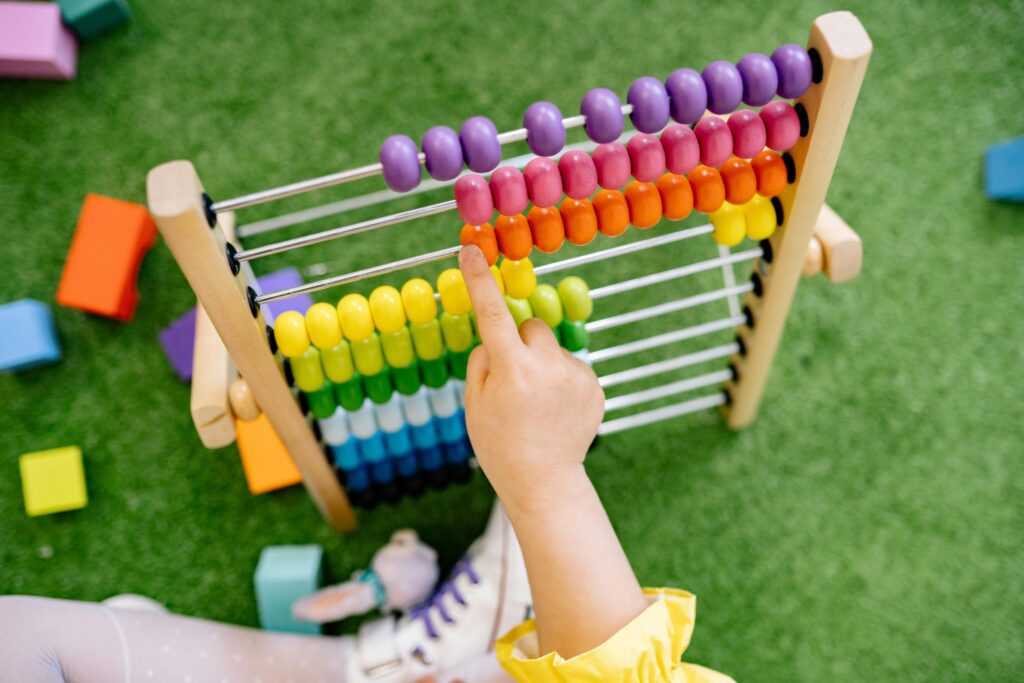
In today’s fast-paced world, where technology dominates every aspect of our lives, parents are constantly seeking ways to enhance their children’s intelligence and cognitive abilities. One ancient yet remarkably effective tool that has stood the test of time is the abacus. Known for its simplicity and effectiveness, the abacus is not just a tool for arithmetic but a powerful instrument that fosters hands-on learning and boosts brain power in young learners.
The abacus, often referred to as the “first computer,” has been used for centuries across various cultures for calculation purposes. It is a simple device made of a frame with rods and beads, yet it holds the key to developing a child’s mental arithmetic skills. The beauty of the abacus lies in its ability to engage children in a tactile and visual learning experience, which is crucial for their cognitive development.
For parents aiming to raise intelligent children, incorporating abacus techniques into their learning routine can be a game-changer. Here’s why:
- Enhances Concentration and Focus: Using an abacus requires children to concentrate on the movement of the beads and the numbers they represent. This practice helps improve their attention span and focus, essential skills for academic success.
- Boosts Memory Retention: As children learn to perform calculations using the abacus, they develop the ability to visualize numbers and operations in their mind. This mental visualization enhances memory retention and recall, skills that are beneficial across all areas of learning.
- Develops Problem-Solving Skills: The abacus encourages children to think critically and solve problems. As they manipulate the beads, they learn to approach mathematical challenges from different angles, fostering an innovative and analytical mindset.
- Improves Numeracy Skills: Beyond basic arithmetic, the abacus helps children develop a strong foundation in numeracy. They gain a deeper understanding of numbers and their relationships, which is crucial for tackling more complex mathematical concepts in the future.
- Encourages Patience and Persistence: Learning to use an abacus can be challenging initially, but it teaches children the value of patience and persistence. As they overcome difficulties, they build confidence in their abilities, which translates into a positive attitude towards learning.
- Promotes Hands-On Learning: Unlike traditional rote learning methods, the abacus provides a hands-on learning experience. Children are engaged actively, which makes learning enjoyable and effective. This tactile approach caters to various learning styles, making it an inclusive educational tool.
For parents interested in introducing abacus techniques to their children, there are numerous resources available, from online courses to local abacus clubs. The key is to make learning fun and engaging, allowing children to explore the abacus at their own pace.
Incorporating abacus techniques into your child’s learning routine is not just about improving their math skills; it’s about nurturing a love for learning and equipping them with tools that enhance their overall cognitive abilities. By embracing this ancient method, parents can empower their children to become supremely intelligent individuals, ready to face the challenges of the future with confidence and competence.
In conclusion, the abacus is more than just a calculating tool; it’s a gateway to developing a child’s brainpower through hands-on learning. By integrating this age-old technique into modern education, parents can provide their children with an invaluable advantage in their intellectual growth journey.
